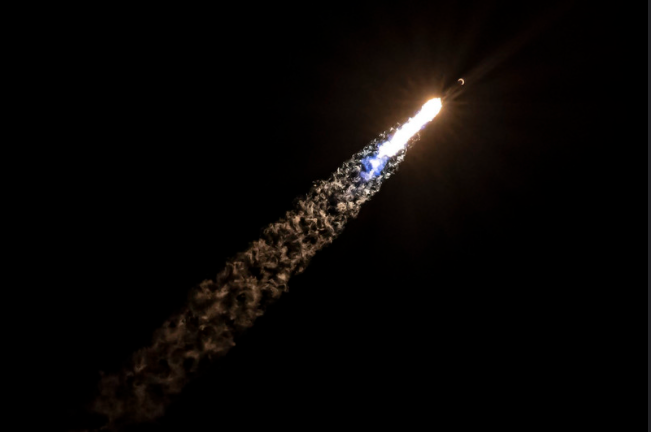Starlink is planning to expand its satellite-to-cellular-phone services from emergency texting to include voice, data and IoT service, starting in 2025.
A Starlink website promoting the LEO satellite company’s Direct to Cell services promises “ubiquitous coverage” and “seamless access to text, voice, and data for LTE phones across the globe.”
Starlink has already made announcements regarding the availability of satellite-based emergency SMS capabilities for unmodified cellular phones, in partnership with carriers like T-Mobile US. The partnership with T-Mo, unveiled in August 2022, also involves a spectrum-sharing deal and looks ahead to a “Starlink V2” (Starlink Version 1 is the existing LEO network for broadband service), which will consist of a new 5G network using a section of T-Mobile US’ midband spectrum, broadcast using specially-equipped Starlink satellites and compatible with existing 5G smartphones, the companies said. SpaceX CEO Elon Musk estimated that Starlink V2 will someday deliver download speeds of “two to four megabits per cell zone. So that’s thousands of voice calls, and millions of text messages.”
At the time, the companies expected a beta service to be available in select areas by the end of this year, after planned satellite launches by SpaceX. Starlink’s website indicates that it anticipates a texting service to launch in 2024.
When that texting capability was announced, Starlink also indicated that voice services would follow. Now, the company is indicating firmer plans for “Direct to Cell” voice, data and IoT services for LTE devices.
The Direct to Cell services will work with existing LTE phones “wherever you can see the sky,” Starlink says on its site, adding, “No changes to hardware, firmware, or special apps are required, providing seamless access to text, voice, and data.” Starlink goes on to say that its Direct to Cell will also “connect IoT devices with common LTE standards.”
Starlink says that the service requires specifically outfitted LEO satellites with the Direct to Cell capabilities that it must launch and scale. Those satellites have an “advanced eNodeB modem onboard that acts like a cellphone tower in space, allowing network integration similar to a standard roaming partner.”
The company listed its global partners in its satellite-to-cellular services as T-Mobile US (which announced a satellite-based emergency texting service in collaboration with Starlink earlier this year), Japan’s KDDI, Canadian carrier Rogers, Australia’s Optus and One NZ in New Zealand, as well as Salt in Switzerland. “Cellular providers using Direct to Cell have access to reciprocal global access in all partner nations,” Starlink said.

